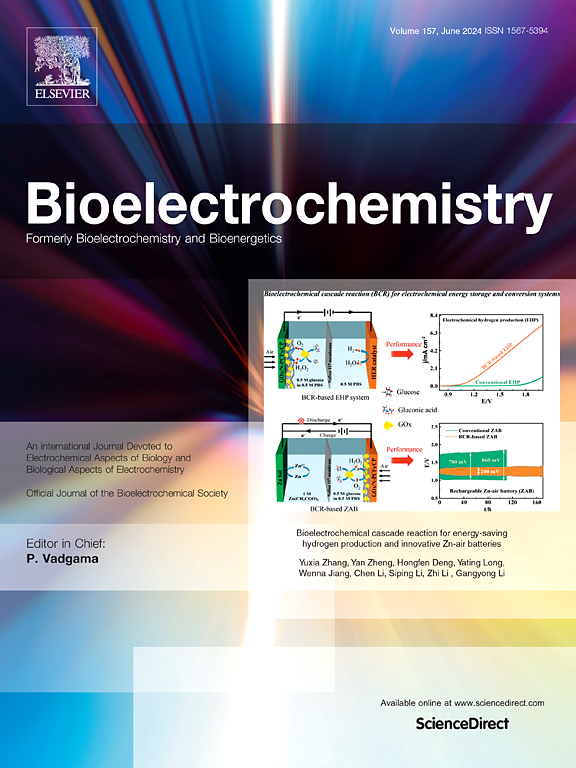神经元周围网络对压力、疼痛和酒精相关行为的调节作用
IF 3.6
2区 医学
Q1 NEUROSCIENCES
引用次数: 0
摘要
神经元周围网(PNN)是中枢神经系统细胞外基质的一种特殊形式,富含透明质酸、硫酸软骨素蛋白多糖、腱鞘蛋白和调节突触可塑性的连接蛋白。大脑中的大多数 PNN 都围绕着表达抑制性中间神经元的副发光体,而抑制性中间神经元则密切调节兴奋/抑制平衡以及与最佳认知功能相关的大脑活动。在神经系统疾病和精神疾病中已观察到 PNN 的变化,这表明它们可能是导致这些疾病的神经病理学进展和行为变化的关键因素。酒精使用障碍(AUD)、重度抑郁障碍(MDD)和慢性疼痛是高度并发症,在这些疾病的动物模型以及被诊断为酒精使用障碍和重度抑郁障碍患者的死后组织中都观察到了 PNNs 的变化。本综述将重点关注描述压力、酒精和疼痛引起的 PNNs 适应性的文献、导致 PNNs 改变的潜在细胞因素,以及 PNNs 在与这些疾病相关的行为中的作用。能将 PNNs 恢复到非病理状态的药物可能是治疗慢性疼痛、AUD 和 MDD 的一种新型治疗方法。本文章由计算机程序翻译,如有差异,请以英文原文为准。
Modulation of stress-, pain-, and alcohol-related behaviors by perineuronal nets
Perineuronal nets (PNNs) are a special form of central nervous system extracellular matrix enriched in hyaluronan, chondroitin sulfate proteoglycans, tenascins, and link proteins that regulate synaptic plasticity. Most PNNs in the brain surround parvalbumin-expressing inhibitory interneurons, which tightly regulate excitatory/inhibitory balance and brain activity associated with optimal cognitive functioning. Alterations in PNNs have been observed in neurological diseases and psychiatric disorders, suggesting that they may be key contributors to the neuropathological progression and behavioral changes in these diseases. Alcohol use disorder (AUD), major depressive disorder (MDD), and chronic pain are highly comorbid conditions, and changes in PNNs have been observed in animal models of these disorders, as well as postmortem tissue from individuals diagnosed with AUD and MDD. This review focuses on the literature describing stress-, alcohol-, and pain-induced adaptations in PNNs, potential cellular contributors to altered PNNs, and the role of PNNs in behaviors related to these disorders. Medicines that can restore PNNs to a non-pathological state may be a novel therapeutic approach to treating chronic pain, AUD, and MDD.
求助全文
通过发布文献求助,成功后即可免费获取论文全文。
去求助
来源期刊

Neurobiology of Stress
Biochemistry, Genetics and Molecular Biology-Biochemistry
CiteScore
9.40
自引率
4.00%
发文量
74
审稿时长
48 days
期刊介绍:
Neurobiology of Stress is a multidisciplinary journal for the publication of original research and review articles on basic, translational and clinical research into stress and related disorders. It will focus on the impact of stress on the brain from cellular to behavioral functions and stress-related neuropsychiatric disorders (such as depression, trauma and anxiety). The translation of basic research findings into real-world applications will be a key aim of the journal.
Basic, translational and clinical research on the following topics as they relate to stress will be covered:
Molecular substrates and cell signaling,
Genetics and epigenetics,
Stress circuitry,
Structural and physiological plasticity,
Developmental Aspects,
Laboratory models of stress,
Neuroinflammation and pathology,
Memory and Cognition,
Motivational Processes,
Fear and Anxiety,
Stress-related neuropsychiatric disorders (including depression, PTSD, substance abuse),
Neuropsychopharmacology.
 求助内容:
求助内容: 应助结果提醒方式:
应助结果提醒方式:


